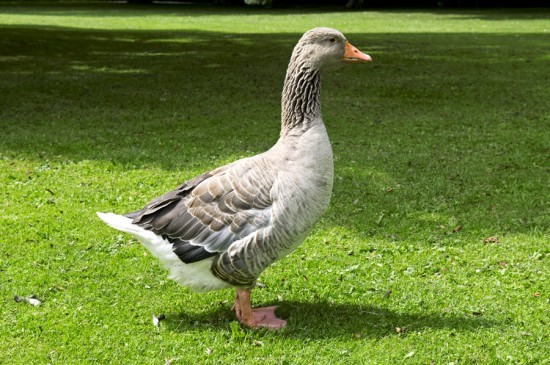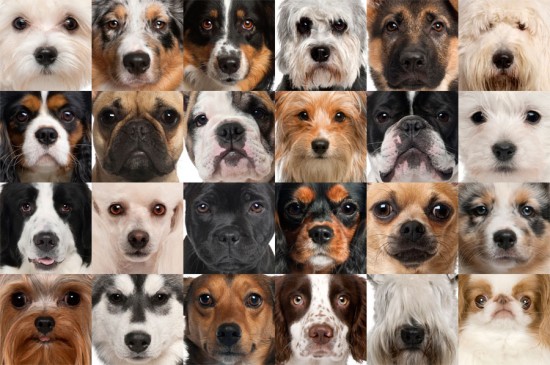No other organ in your dog抯 body contains such an intricate and complex mechanism in such a small structure as the eyes. A thorough examination of the eye can only be made by your veterinarian, but hopefully through our brief description given here, you will as at least know enough to spot a problem when it arises.
The first seen when examining your pet抯 eyes are the upper and lower eyelids ?specialized curtains to protect the eyes. Eyelids should be smooth and sharp. The eye margin or center of the lower lid should not turn in or turn out. Be sure the eyelids and hairs on the nose do not rub the eyeball. Sometimes these hairs can be distorted and misdirected and can irritate the eye. A smooth, pink tissue, called the conjunctiva, can be seen covering the inner surface of the lids.
The conjunction helps lubricate the eyeball and protect it from infection. The space between the eyelid conjunction and the eyeball conjunctiva is the conjunctiva sac. If the conjunctiva is red or swollen, or if there is a green or yellowish discharge, an inflammation of the tissue is present.
The cornea is the clear 揻ront window?of the eye that bends the incoming light rays. The cornea can lose its clarity if it becomes inflamed or injured. Hairs and twigs can injure the cornea, especially in pop-eyed dogs. The sclera is the fibrous coat the gives the eyeball its ping-pong ball shape and dull white color. The sclera frequently takes on a yellow color, (jaundice) in dogs experiencing liver problems.
The iris controls the amount of light entering the back of the eye and gives your dog抯 eye its color. The black hole in the center of the iris is the pupil. It dilates (gets larger), to let more light enter in dim light, and constricts (gets smaller) in bright light. Cataracts are white opacities that block the lights passage through the eye, and can be seen by shining a bright light into the pupil of the eye. A normal aging process called senile cataracts, or nuclear sclerosis, is caused by a rearrangement of the fibers and a loss of water in the older lens.

 Geese As Pets
Geese As Pets
Geese As Pets
Geese As Pets
 Five Universal Personality Traits Of The English Bulldog
Five Universal Pe
Five Universal Personality Traits Of The English Bulldog
Five Universal Pe
 Choosing A Dog Or Puppy To Fit In With Your Family
Choosing A Dog Or
Choosing A Dog Or Puppy To Fit In With Your Family
Choosing A Dog Or
 10 Great Ways To Help Your Dog If They Suffer From Arthritis
10 Great Ways To
10 Great Ways To Help Your Dog If They Suffer From Arthritis
10 Great Ways To
 Dogue De Bordeaux Hereditary Health And Longevity
Dogue De Bordeaux
Dogue De Bordeaux Hereditary Health And Longevity
Dogue De Bordeaux